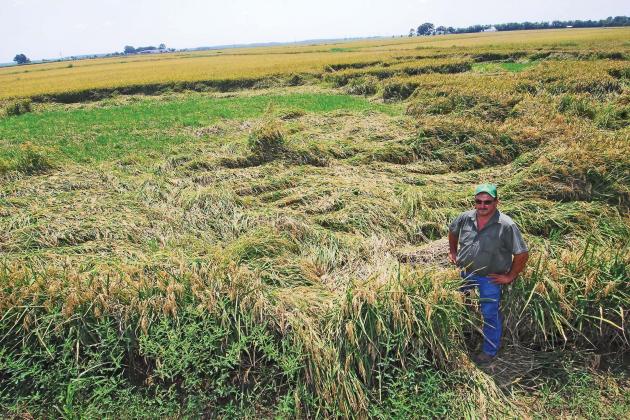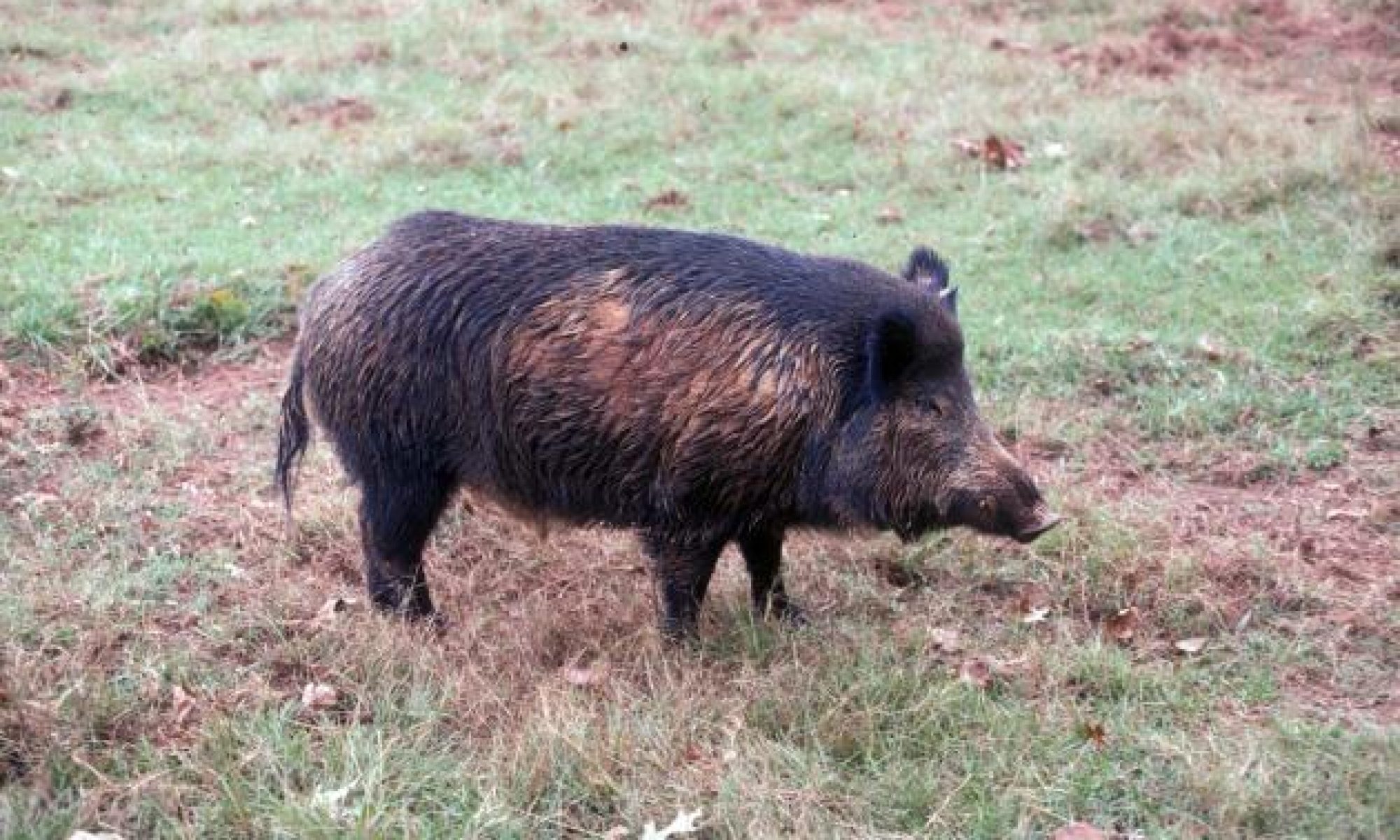
Figure 1. Farmer in a millet field where feral hogs have caused problems. Photo courtesy of Jack Mayer.
Agricultural Crop Depredation
Feral hogs can cause very costly damage to almost any commercial crop. In the United States, this damage equates to millions of dollars in losses annually. Most damage is from feeding, chewing, trampling, or rooting by foraging hogs (Fig. 1). Some studies indicate the majority of damage in agriculture fields is from trampling, with only 5-10% due to actual consumption. Rooting around the base or root mat of trees or shrubs (e.g., apple trees) can undermine root systems and weaken trees.
Feral hogs will travel great distances to reach crops that have ripened or matured. They will feed on most life stages of an agricultural crop—from seeds through mature plants. Feral hogs are known to root straight down a row of newly-planted corn field and consume the seeds, but most reported damage occurs when the crops are nearly mature. They will also feed on grains stored in wire-mesh silos or bins if hog-proof fencing was not erected.
